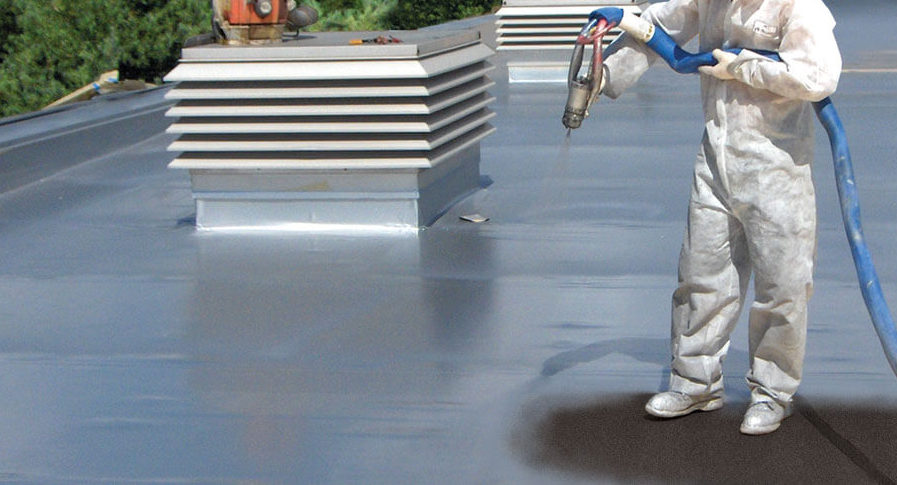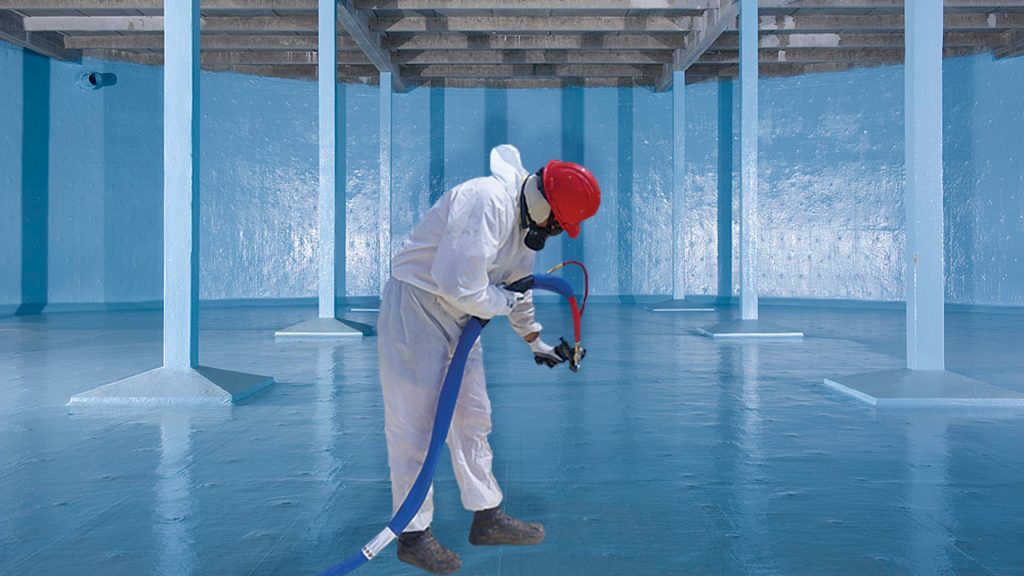Why Training Matters Beyond the Spray Gun
Most cistern liner coating discussions focus on the product. But in the field, it’s the installer—not the material—that determines the outcome. What rarely gets addressed in training is how the physical condition of the cistern itself shapes the liner’s performance. A coating system that works in one tank can fail in another if the surface behaves differently. Understanding that difference takes more than reading technical data. It requires field-based training built around material behavior, structural movement, and subsurface moisture—none of which appear on a spec sheet.
What the Walls Don’t Say Until It’s Too Late
Concrete absorbs water. That’s not new. But when a concrete cistern holds that moisture beneath a coating, it becomes a hidden variable. Moisture pushes through from behind and lifts the coating off the wall. This happens in cistern storage tank systems that look dry but carry residual moisture deep in the structure. Training must teach how to spot those risks—through touch, through sound, through reading the history of the tank. That includes understanding groundwater pressure, past coatings, and seasonal humidity. A trained installer adjusts before spraying, not after failure.
Why Surface Prep Has to Change with Tank Material
A stainless steel cistern doesn’t hold water the way a block wall does. It reflects heat, resists moisture, but still shifts with temperature. A liner that bonds well to steel might crack where that same system fails in a rough concrete tank. That gap in behavior requires training that moves beyond coating technique and into interpretation of wall behavior. A dry tank is not always a clean tank. A smooth tank may not be a stable one. Industry experts understand this. Training programs must follow their lead and teach installers how to adapt to the structure—not just to the coating.
The Overlooked Challenges of Tank Shape and Bottom Corners
Tank coatings often fail at the base. This happens in ground tanks, bulk storage tanks, and even small drop-in systems. The stress that builds where the floor meets the wall puts strain on the coating—especially in tanks that aren’t perfectly round or level. Training must cover how to inspect these transitions before application. The geometry of the tank must match the exact dimensions of the spray path. Without that awareness, even a smooth coating can lift, crack, or separate over time. Installers need to read those corners like signs, not just follow a checklist.
Matching the Liner to the Purpose of the Tank
A liner built for drinking water behaves differently under load than one used for irrigation water. Potable water storage requires food grade compliance, but it also sees different fill cycles, temperature ranges, and chemical exposure. When the training doesn’t match the purpose, the coating doesn’t meet the need. That’s why training should include real-world applications, not only lab conditions. Custom cistern liners must be understood in terms of use—not just in terms of specs. The best way to extend lifespan is to match liner behavior to tank operation before the job begins.
Training That Supports Long-Term Value
Cistern coating training should cover more than application steps. It should give a clear view of how liner materials behave under load, under moisture, and over time. The life expectancy of the system depends on decisions made before the liner touches the wall. That means recognizing unsuitable conditions, knowing when drop-in liners work better, and adapting the plan to fit the tank. This matters whether the tank holds water for crops or for human consumption.
Conclusion
Training in cistern liner coating isn’t about following instructions. It’s about reading tanks. Every tank tells a story—through its material, shape, past use, and surface condition. The best installers learn to read that story and adjust the coating approach accordingly. A cistern coating applied with the wrong method will fail, no matter how advanced the product. But a trained professional with the right information, the right touch, and the right timing creates liner solutions that last. Not because of the product, but because they knew what the tank needed before the coating ever cured.




